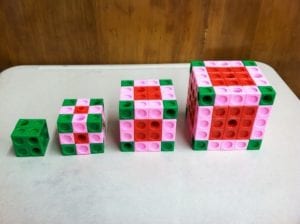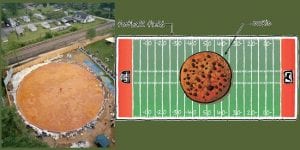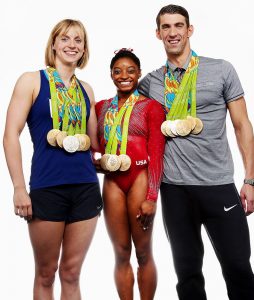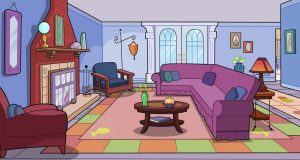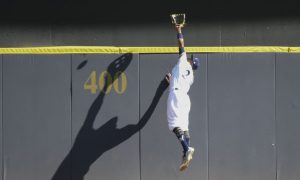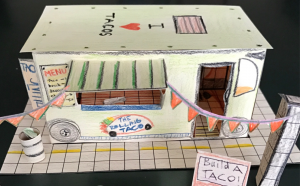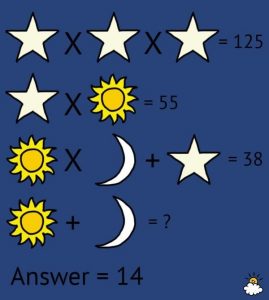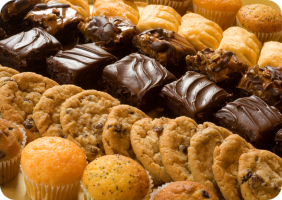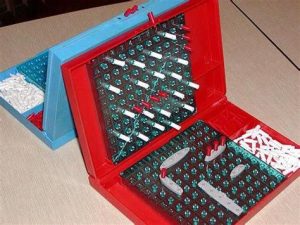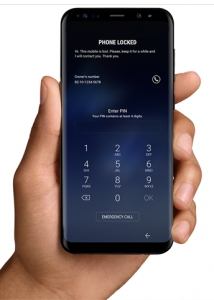The painted cube problem is deceptively complex, and has multiple levels of understanding applied to it. Students are shown a cube broken up into smaller sections. The cube has been painted with a particular pattern based on what faces are visible from the outside of the cube. Sections with one face exposed are painted red on that exposed side. Sections with two exposed sizes are painted pink. Sections with three exposed sides are painted green. Sections with no exposed sides are unpainted, or are clear. Student’s jobs are to count how many of each painted cube there are in a given cube, as well as to devise functions so as to quickly count out how many of a particular section there are. Their answers would be written out in table form; said tables would be given to them. Students can also be asked to find out how much surface area there is in these cubes, assuming that each section is 1 inch on each side.
CCSS.Math.Content.6.EE.A.1
Write and evaluate numerical expressions involving whole-number exponents.
CCSS.Math.Content.6.EE.A.2
Write, read, and evaluate expressions in which letters stand for numbers.
CCSS.Math.Content.6.EE.B.5
Understand solving an equation or inequality as a process of answering a question: which values from a specified set, if any, make the equation or inequality true? Use substitution to determine whether a given number in a specified set makes an equation or inequality true.
CCSS.Math.Content.6.EE.B.6
Use variables to represent numbers and write expressions when solving a real-world or mathematical problem; understand that a variable can represent an unknown number, or, depending on the purpose at hand, any number in a specified set.
CCSS.Math.Content.8.EE.A.2
Use square root and cube root symbols to represent solutions to equations of the form x2 = p and x3 = p, where p is a positive rational number. Evaluate square roots of small perfect squares and cube roots of small perfect cubes. Know that √2 is irrational.
| 2x2x2 cube | Green | Pink | Red | unpainted |
| How many? | ||||
| What’s the equation? |
| 3x3x3 cube | Green | Pink | Red | unpainted |
| How many? | 12 | |||
| What’s the equation? |
| 4x4x4 cube | Green | Pink | Red | unpainted |
| How many? | ||||
| What’s the equation? |
| 5x5x5 cube | Green | Pink | Red | unpainted |
| How many? | 54 | |||
| What’s the equation? |
| NxNxN | Green | Pink | Red | unpainted |
| How many? | 4n | 6(n-2)^2 | ||
| What’s the equation? |
